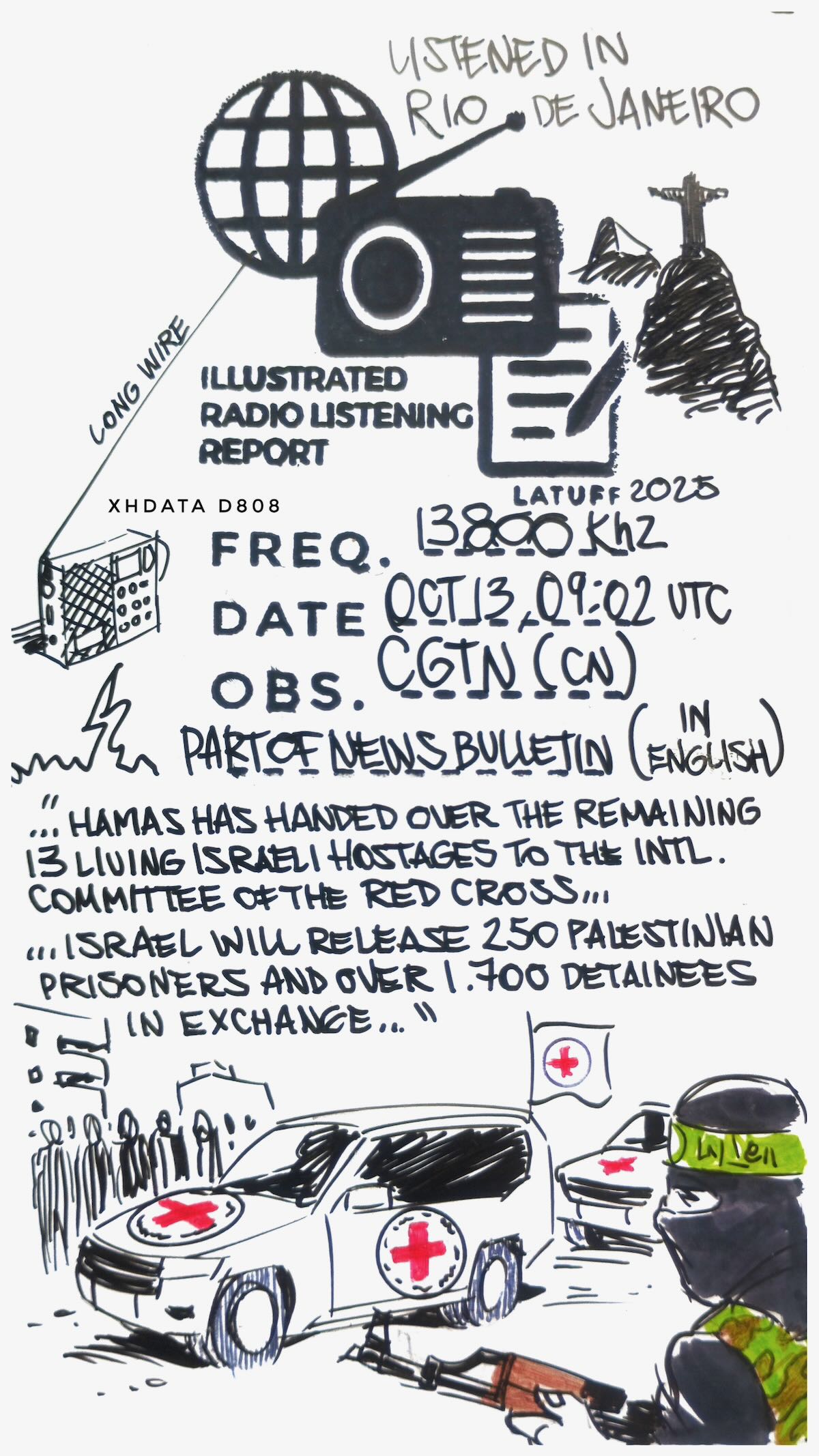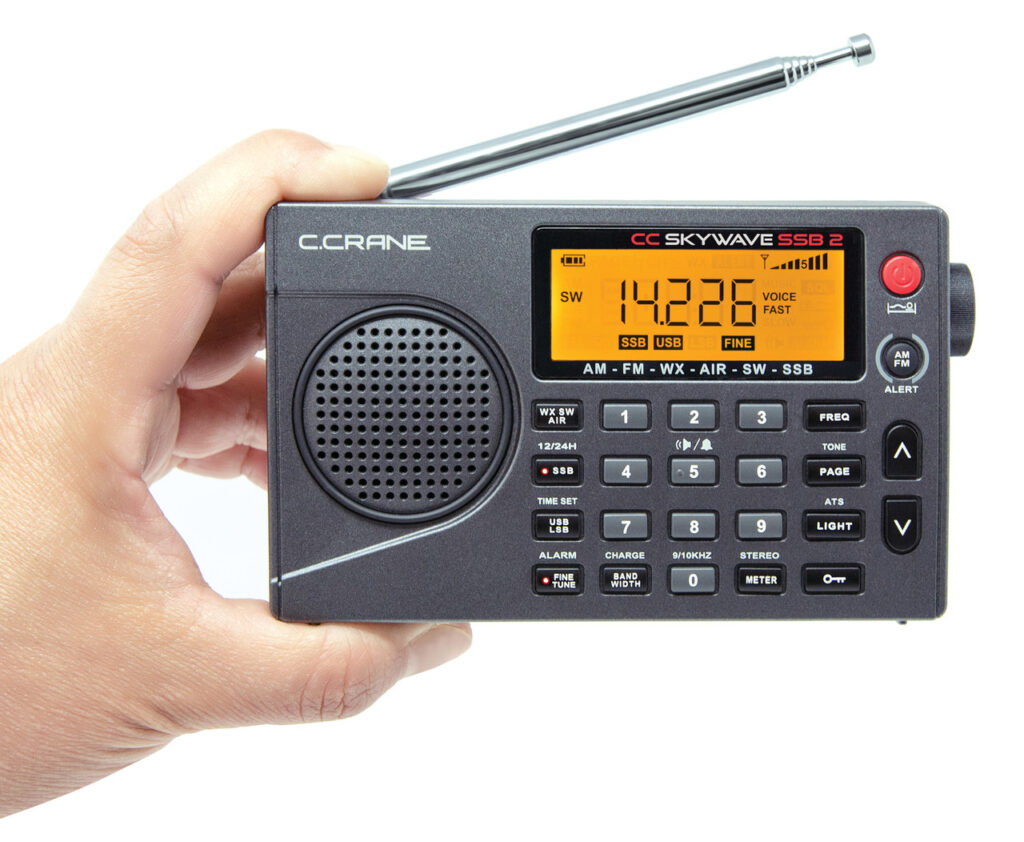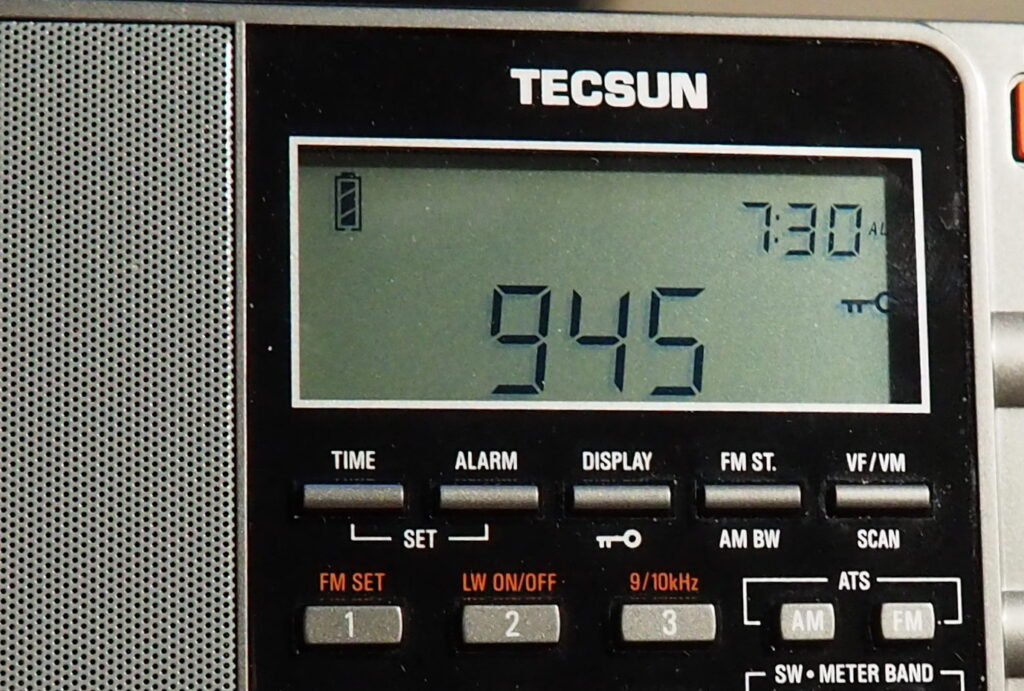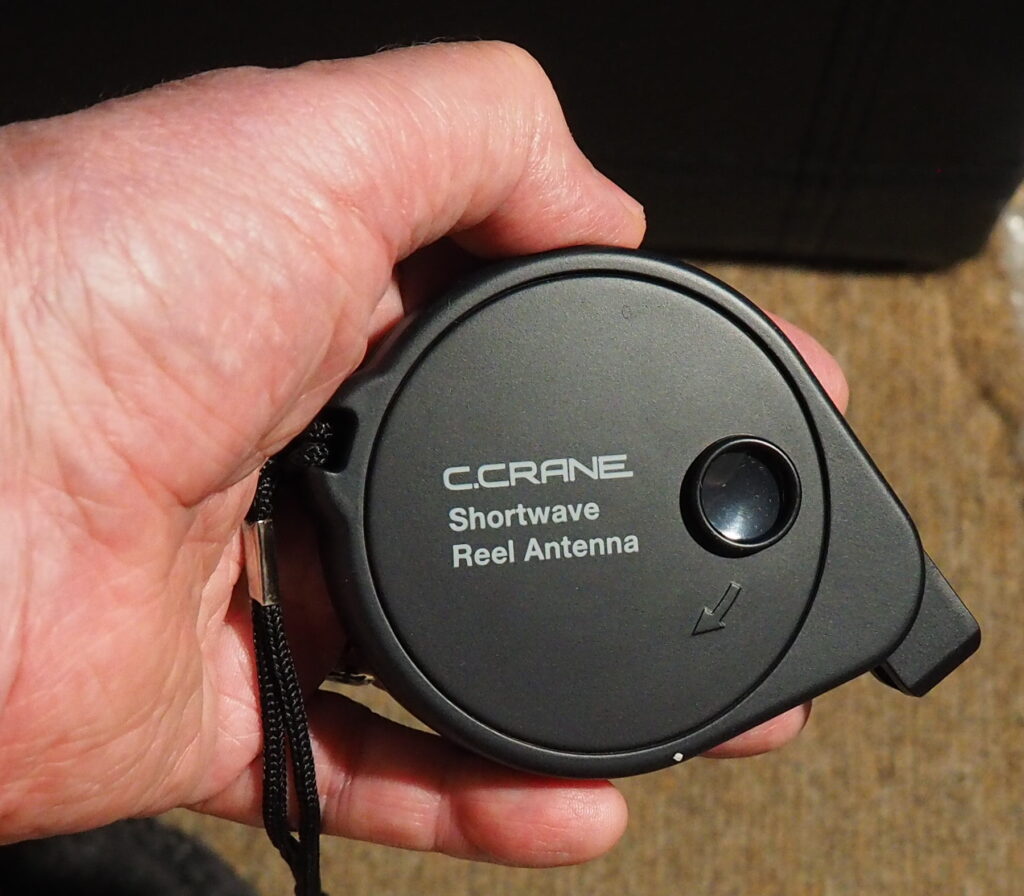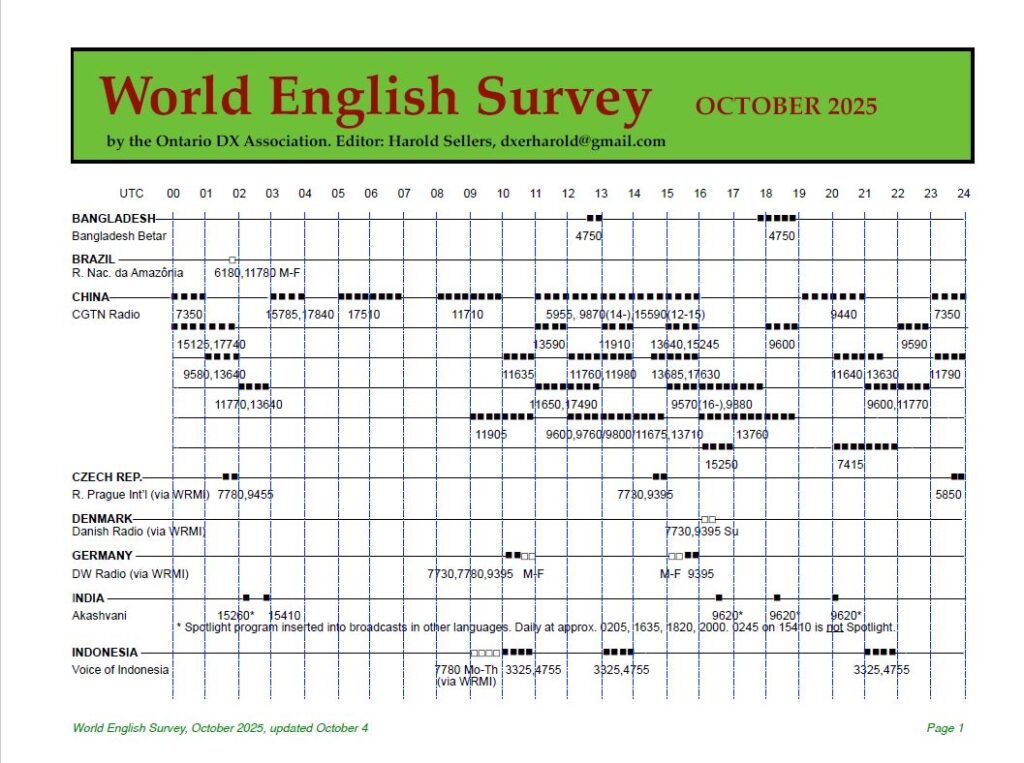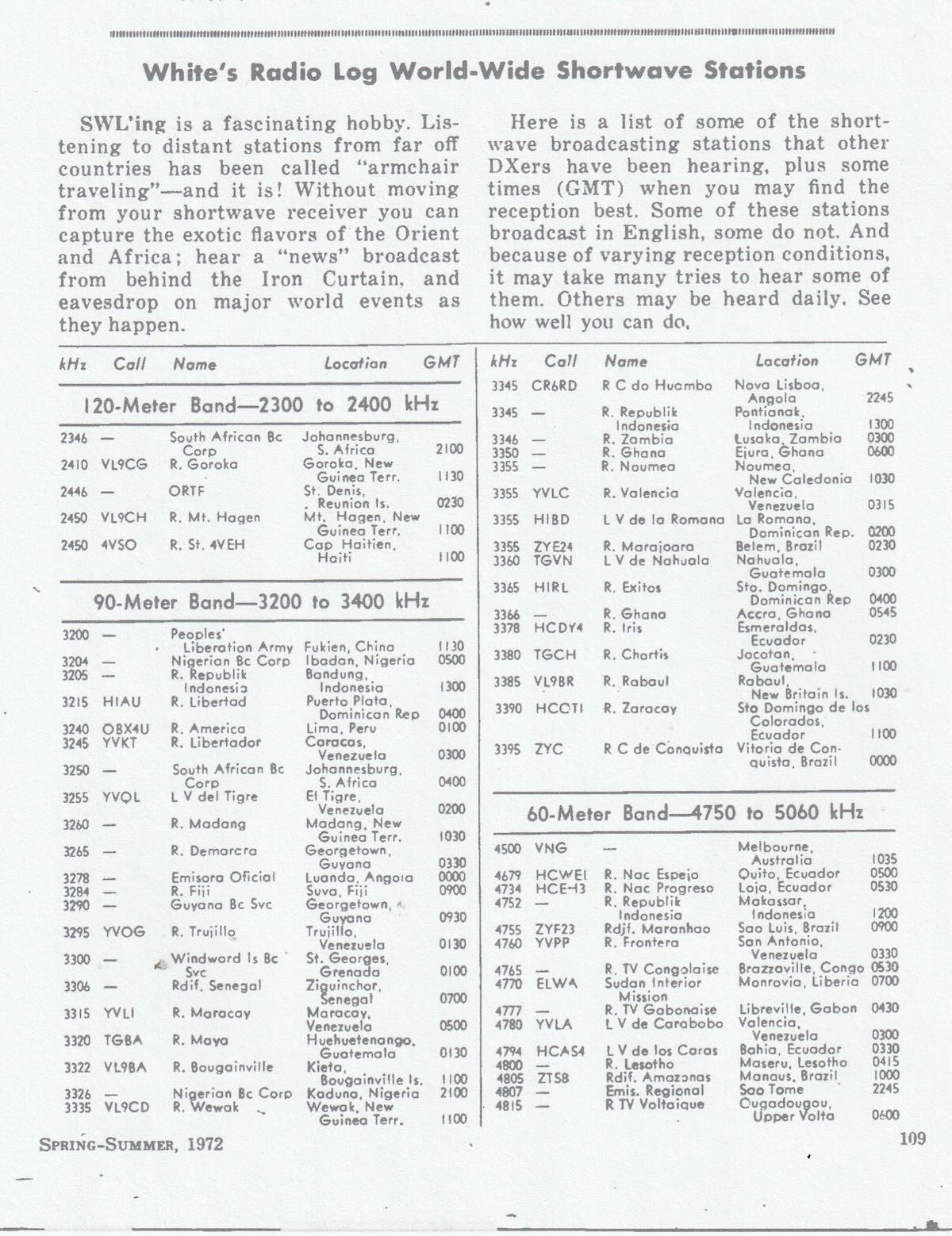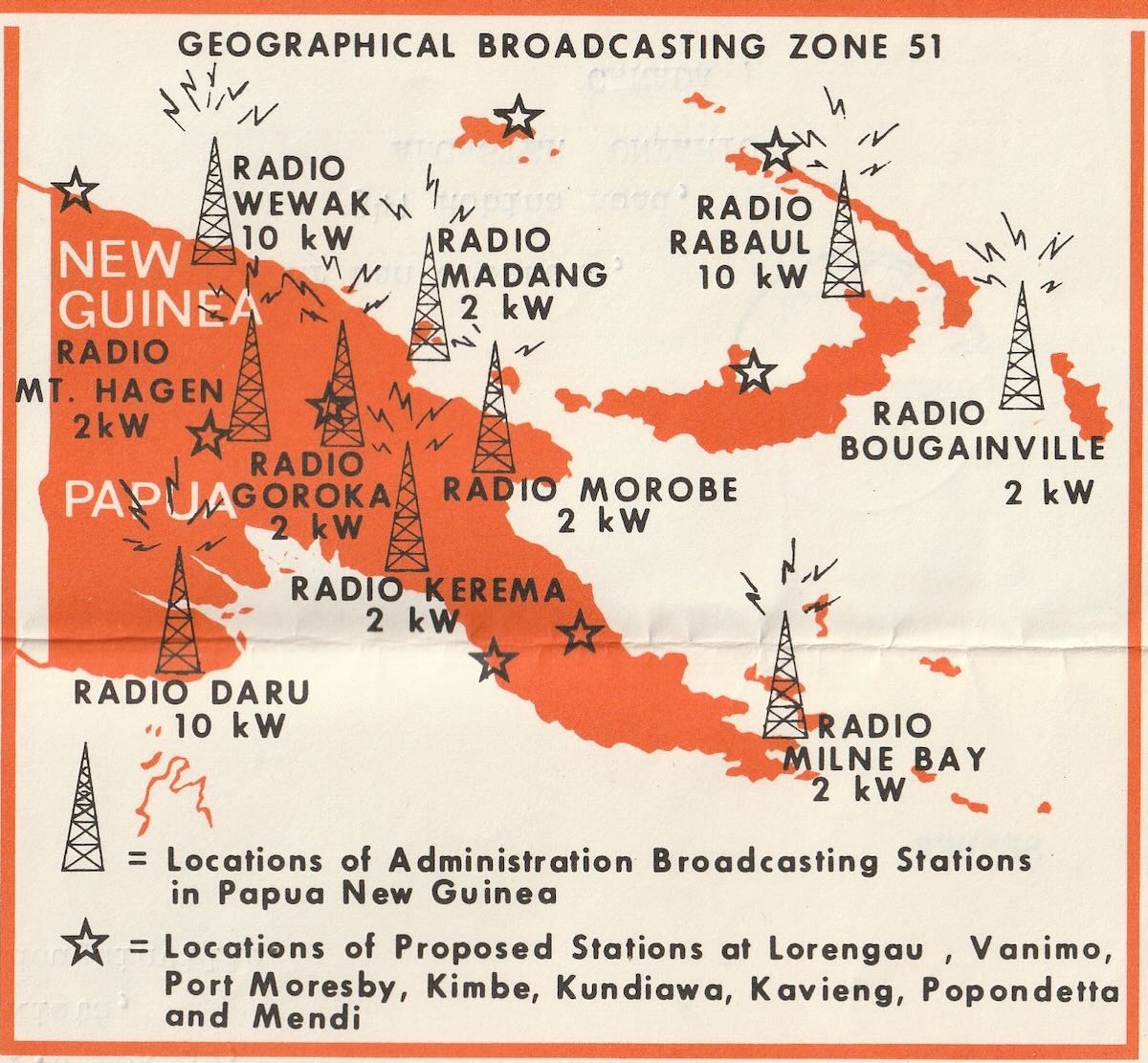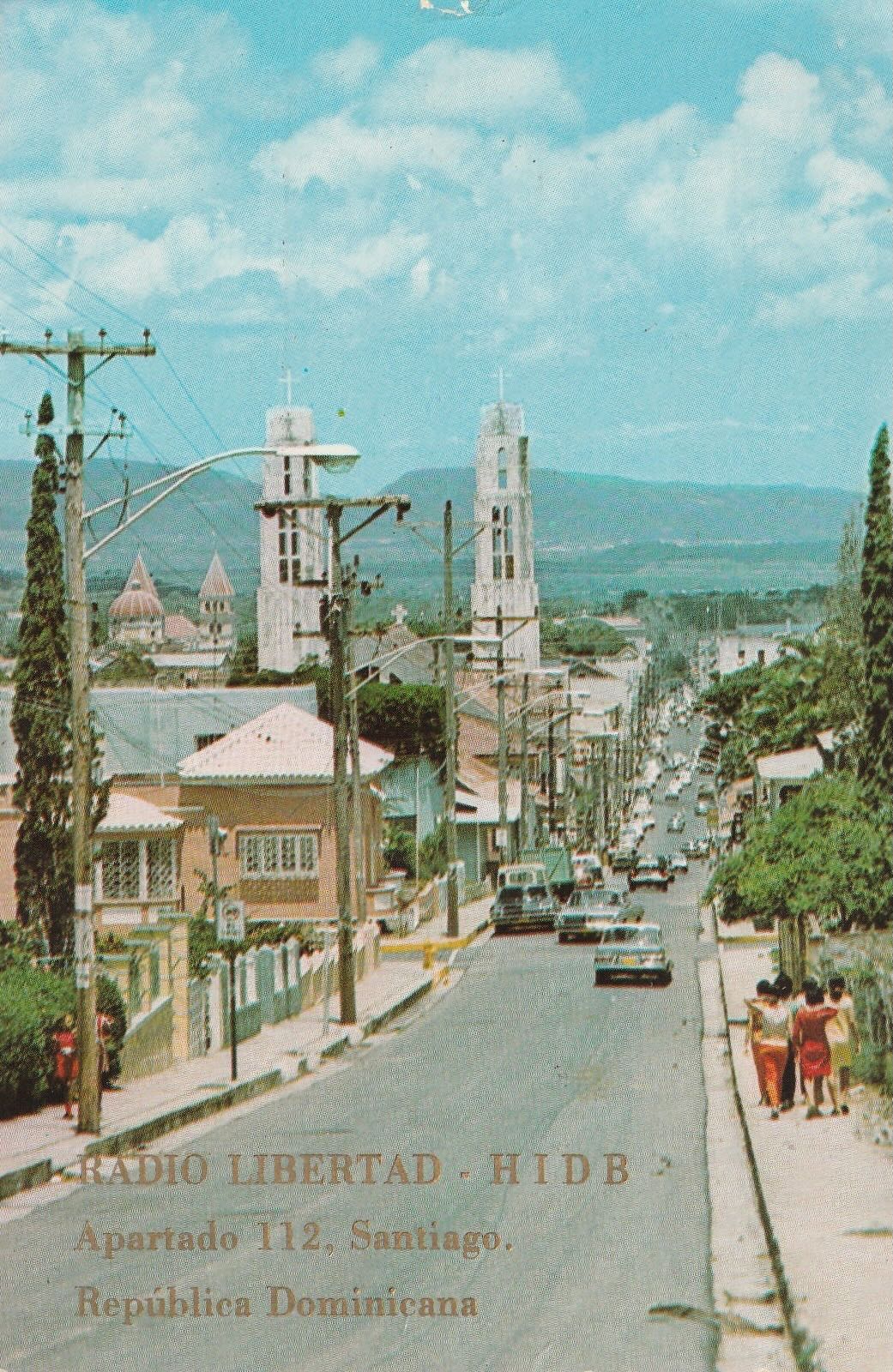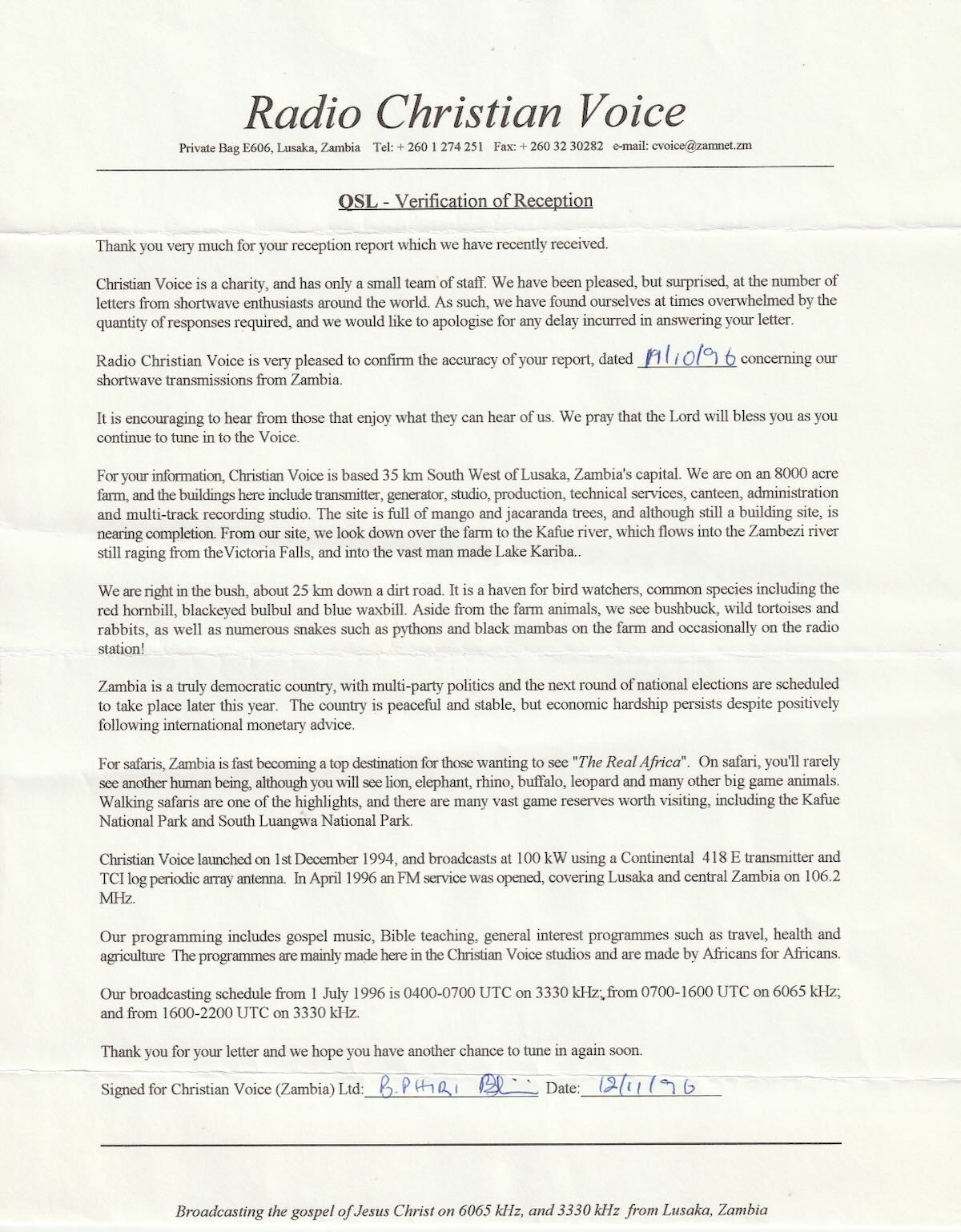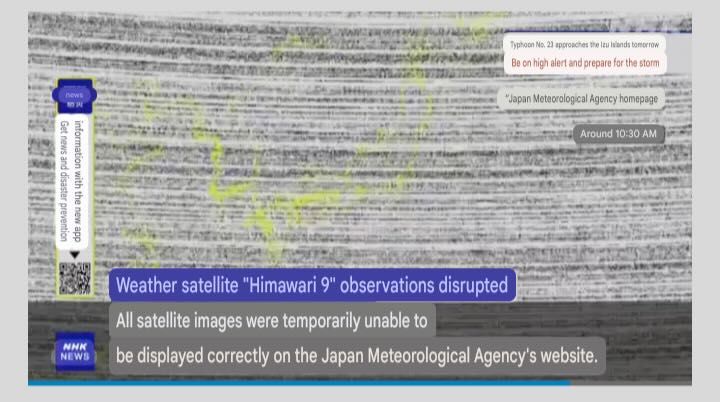Many thanks to SWLing Post contributor and noted political cartoonist, Carlos Latuff, who shares the following illustrated radio listening report of a recent Radio ELWA broadcast.
Carlos notes:
It’s never been easy for me to pick up the ELWA (Eternal Love Winning Africa) radio signal on 6050 kHz in Brazil. The signal was always weak, propagation was poor, and conditions were never particularly favorable for listening to the historic evangelical radio station from Monrovia, the capital of Liberia. Until then, I had only listened ELWA, with great difficulty, in Porto Alegre and Guaíba, both cities in Rio Grande do Sul, and in Juiz de Fora, Minas Gerais. Recently, while scanning shortwave frequencies during the early morning hours in Rio de Janeiro, I received the ELWA radio signal and decided to try recording the broadcast. I noticed a sort of propagation window between 6:30 and 6:50 (UTC). Even though, it took at least six days of failed attempts, the same weak signal and poor propagation, until finally today, October 13th, I got clear audio.


